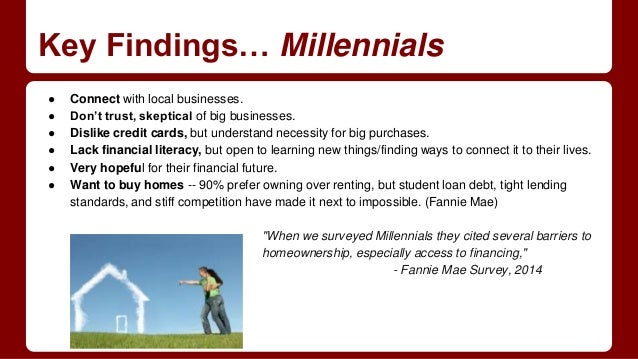
“So, Content is King but, millennials demand superior content quality for their money” …. Vaurn James
So, do you smell the money and if not then, your olfactory senses require immediate medical intervention because “there are currently 80 million millennials in the U.S., and with an annual buying power of 200 billion, they are the most lucrative segment of the us market”. Clearly, it’s in the interest of both marketers and corporations to better understand this audience so as to provide them value rich content, while addressing their interests, needs, wants and problems for this segment of the population between 18-34 years old. So, how do you go about understanding the behavior of Generation Y in the digital age and build a trusting relationship where commerce results in a WIN-WIN for all involved? Truth be told, I had no bloody idea and that’s why I deferred to Google, Hubspot, Markethive, life experience, millennials, marketers and pure guesswork. It’s like being a parent but, you still don’t understand the kid because your knowledge and experience are both inadequate so you seek help. Hence, I sought professional expertise in the arena of what is called Inbound Marketing to millennials and learned much about this new generation of consumers. To connect involves understand how they behave and think.
According to the experts creating a Buyer Persona is the best approach to connecting with this desired target market. Now, a buyer persona is a multi-dimensional profile that identifies the way your ideal consumer thinks, feels, motivations and problems, that you will resolve by providing a solution. Remember, “we cannot solve our problems with the same thinking we used when we created them…Albert Einstein”. The more detailed the profile the greater the odds of success increases. Think of today’s inbound marketing specialists as behavioral analysts or more commonly known as profilers who analyze significant sums of data detailing past sales patterns and contact databases (surveys, interviews, etc) to uncover trends about how certain leads or customers find and consume your content. It’s all psychology; therefore, to better influence anyone then, it starts with understanding their behavior through how they think. Without a doubt critical thinking, research and posing the right questions are key factors in the assessment process that helps create an evaluation narrative of your ideal buyer persona.
This is especially true when dealing with millennials because they are highly educated but, also technologically dependent and use social media as a daily interface with other millennials to interact with each other, while developing their own individual identity through the use of technology. Today’s corporations still continue to struggle to connect with flavor of the month demographic because they are very frugal and skeptical because of how business is conducted in such a mercenary manner. In today’s economy millennials have little expectation of long-term employment with the same company; hence, they have no loyalty to brands that have not been approved by fellow millennials which creates the challenge of gaining them as long-term customers. As a growing and powerful segment of the economy millennials demand what they want and can leverage by using the digital tools that have become part of their daily routine.
Now, interruption or outbound marketing tactics appear to be no longer effective because the approach isn’t permission based. Traditionally, marketing involved the following methods: buying TV ads, flyers, popup ads, radio ads, mass emails and other intrusive methods that try to interrupt an individual’s daily routine to buy. Clearly, a permission-based method of marketing where attention of your audience is earned increases the chances of successful sale. Since, millennials were raised in the digital-age with new technology available to them and increasing in sophistication their attention is often restricted to products and services that they and peers identify with. Old school marketing tactics are less effective and this is why inbound marketing that focuses on the interests of their audience functions as superior approach in developing a long-term trusting relationship. Nobody will buy if, they don’t trust you nor your company.
So, are you engaging in direct advertising or educational marketing where an informed decision can be made regarding potential purchase? If, it’s the former then, your content is wasted because purchases in today’s economy often go through a vetting process by consumers via YouTube, blogs, snapchat and other social media devices where people express their likes or dislikes of a product. Want people back at your website for purchase then, content must show the benefits; otherwise, the miserly millennials will keep their shekels in their pouch.
“In a nutshell, inbound marketing is about making meaningful relationships with consumers via the internet, primarily through content. It’s about creating and sharing content that your audience seeks. It’s about positioning your brand as a thought leader that can be trusted”. “In addition, inbound marketing will help you to create opportunities for participation and interaction—through likes, comments, and shares, your audience can better connect with your brand on social media, through your blog, and through other means”.
Vaurn James
Contributor



No comments:
Post a Comment